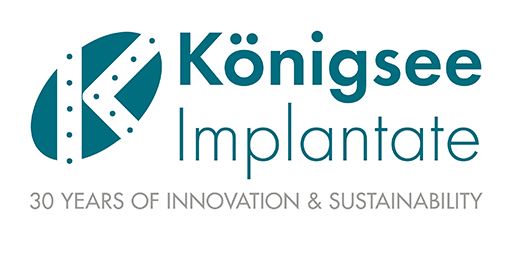International Trauma Course
Course with life like fractures
Learn & practice
The specimens feature complex fractures in a closed soft tissue and reflect a realistic injury with all its challenges. This course concept allows for comprehensive trauma management from case planning using x-Rays and CT scans to discussion of reduction techniques to hands-on exercises in the Wetlab Center.
Partner RIMASYS
The company RIMASYS supports the international workshop. RIMASYS is an innovative MedTech start-up focused on improving surgical education and optimizing patient outcomes. The Cologne-based company is the world‘s only provider of realistic fractures in closed human soft tissue mantle. These fractures are used for medical education, surgical education and to support research and development.
Designed for experienced
The course is designed for experienced surgeons who wish to deepen and broaden their practical skills and knowledge of
specific fractures through close dialogue with colleagues.
Immediate feedback from experienced instructors will guide you step-by-step so that by the end of the course you will have
a comprehensive expert knowledge in the treatment of the specific fracture or joint injury.
PRELIMINARY AGENDA
Saturday 02.07.2022 Hands-On Course
08:30 Registration & Coffee
09:00 Welcome by Mr. Orschler and Dr. Almousa
09:15 Upper extremities
13:00 Lunch
13:45 Lower extremities
17:30 Case presentation
17:45 Plenary discussion
17:45 Certificate
19:00 Dinner
Points for participation are applied for CME.
Participation fee for hands-on-course in Cologne:
750,- € (incl. VAT).
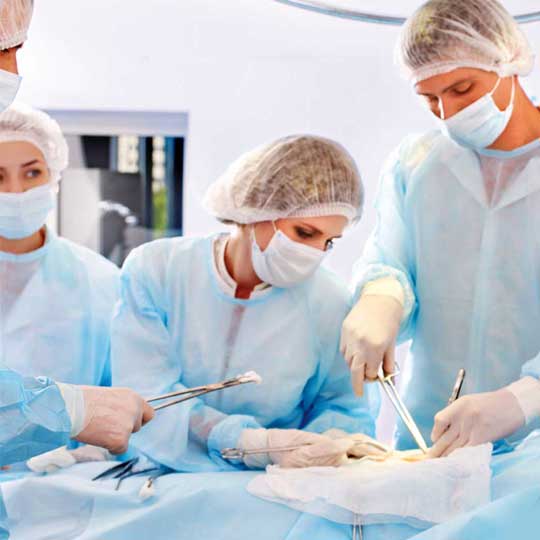
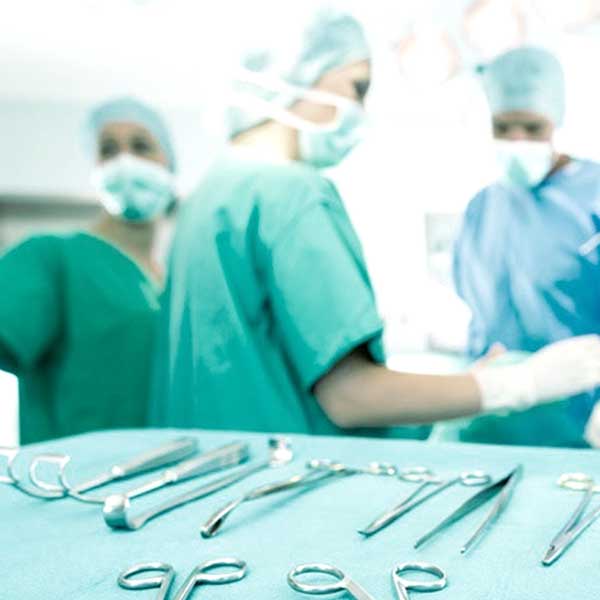
Sunday 03.07.2022
International Live Stream
12.00 Lunch
14:00 Welcome
14:15 Introduction of team
14:30 Case 1 Pilon Fracture
15:30 Case 2 proximal Tibia
16:30 Case 3 proximal Humerus
17:30 Case discussion with all surgeons (doctors discuss how they would have done it in their country)
19:00 Dinner
Points for participation are applied for CME.
The live stream is for everyone free of charge.
International Speaker
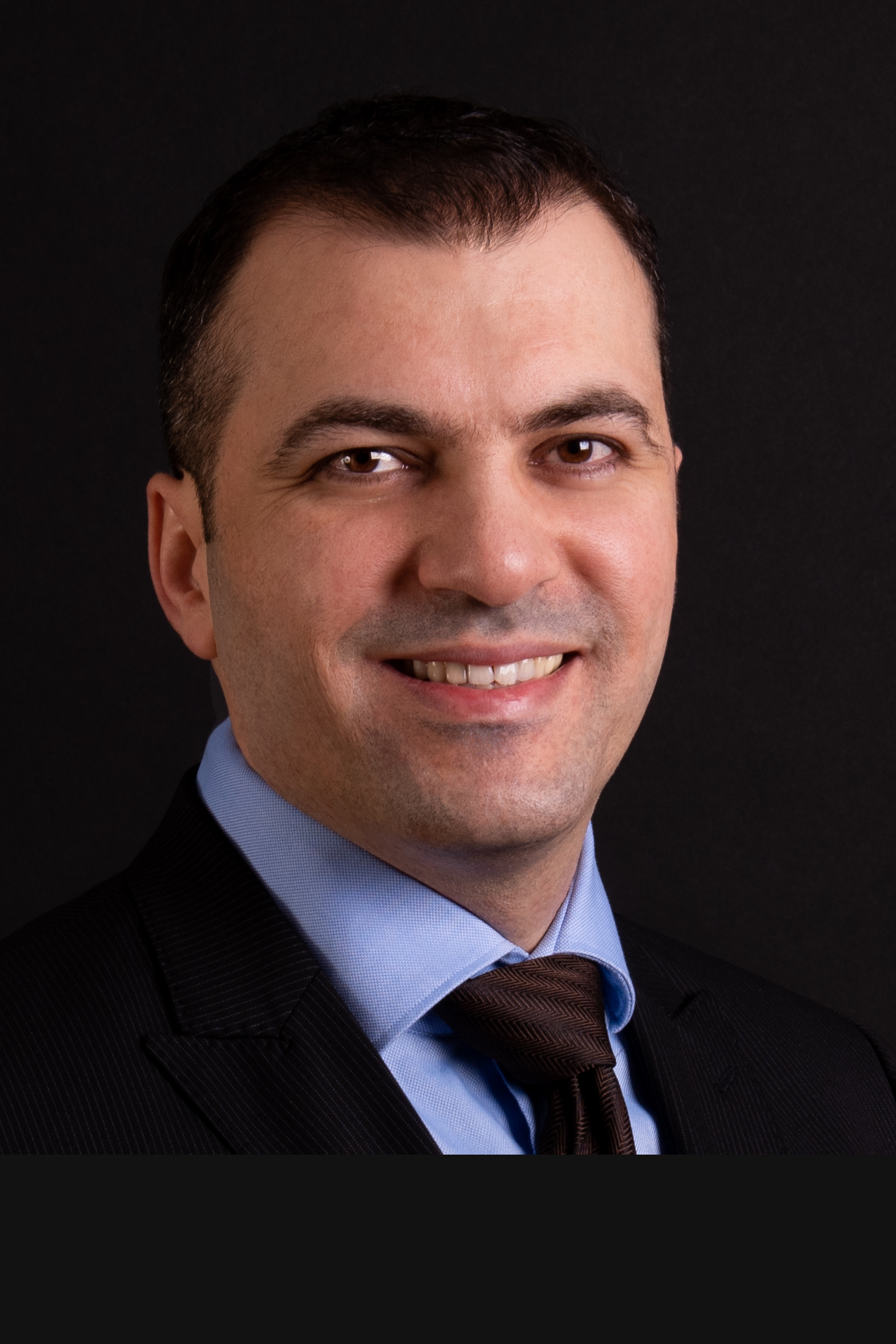
Ahmed Almousa
Consultant of Orthopaedics and Trauma Surgery in
Diakonie Klinikum Bethesda in Freudenberg
Presence of Königsee Implantate in Middle East
Medical Director Trauma Academy
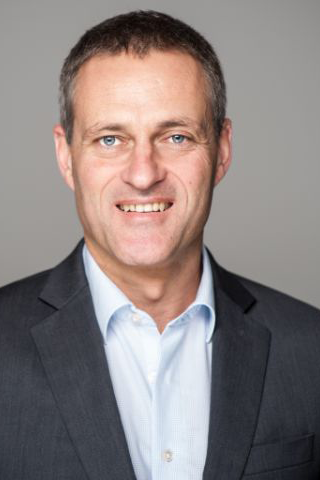
Dr. med. Oliver Trapp
Head of Department
Reconstructive Orthopedic and Trauma Surgery
BG Trauma Center Murnau
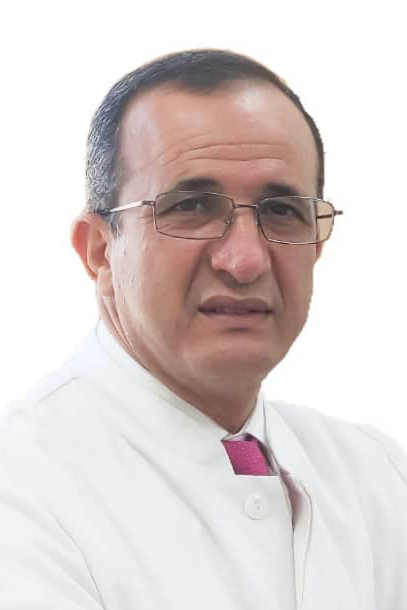
Saleh Abumahara
Head of Orthopeadic department at Tripoli
University Hospital Libyia
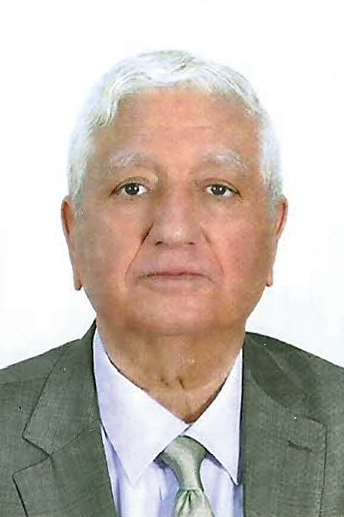
Professor Mohamed Rashid
Professor of Orthopaedic Surgey Al-Fateh
Medical School Tripoli,
Chairman of Orthopaedic Council of Libyan Medical Board,
Chairman of Examination Committee Arab Board of Orthopaedics
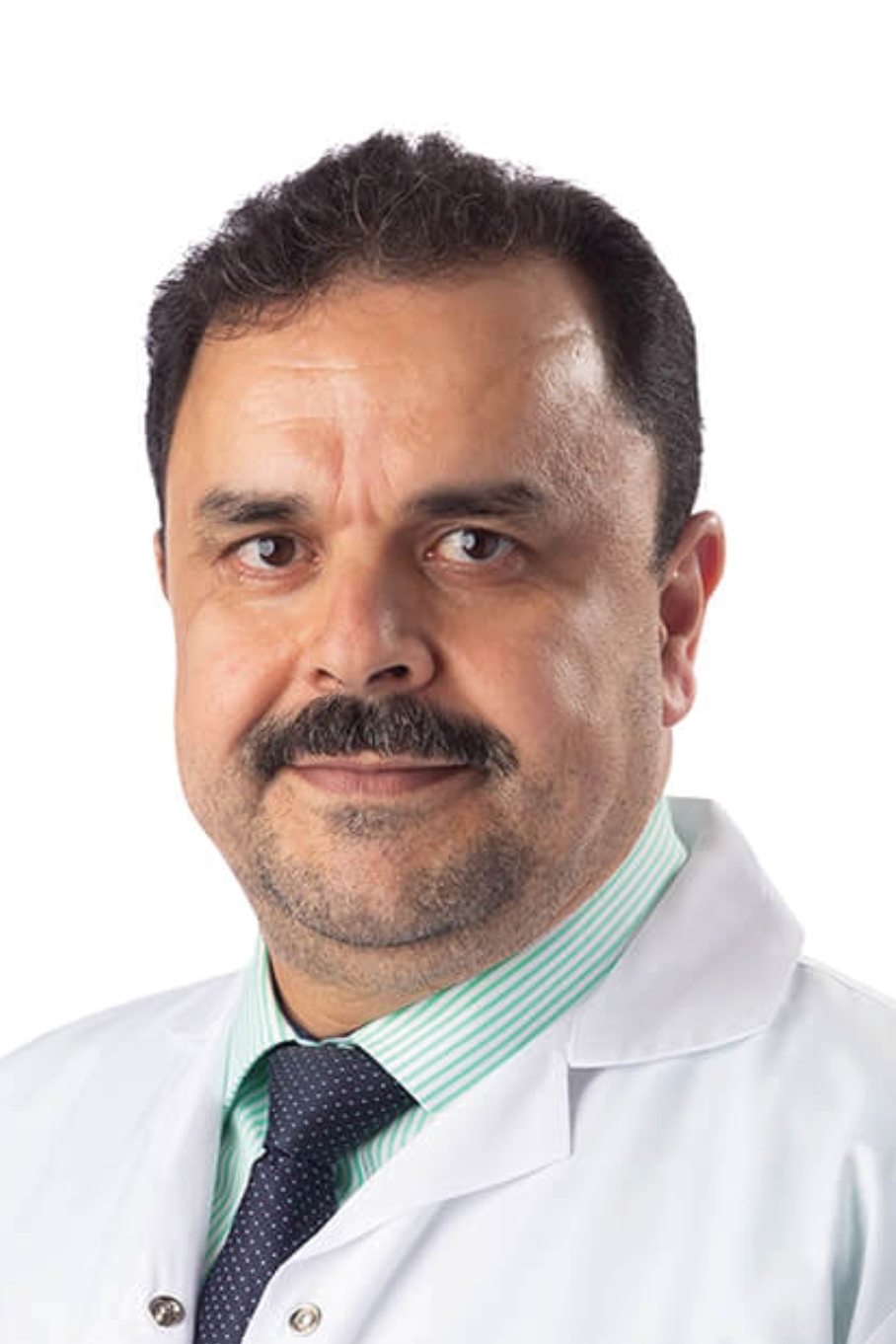
Mustafa Karoud
Chief of Orthopaedics and Traumatology
Surgery Department
American Hospital Dubai

Professor Dr.
Sedig Bendala
Professor of orthopedics Tripoli medical faculty.
Head of orthopedic department Elkhadra hospital Tripoli Libya.
Director of orthopedic training in the Libyan board of medical speciality councel.
Head of AO Libyan chapter.
Perfect Products
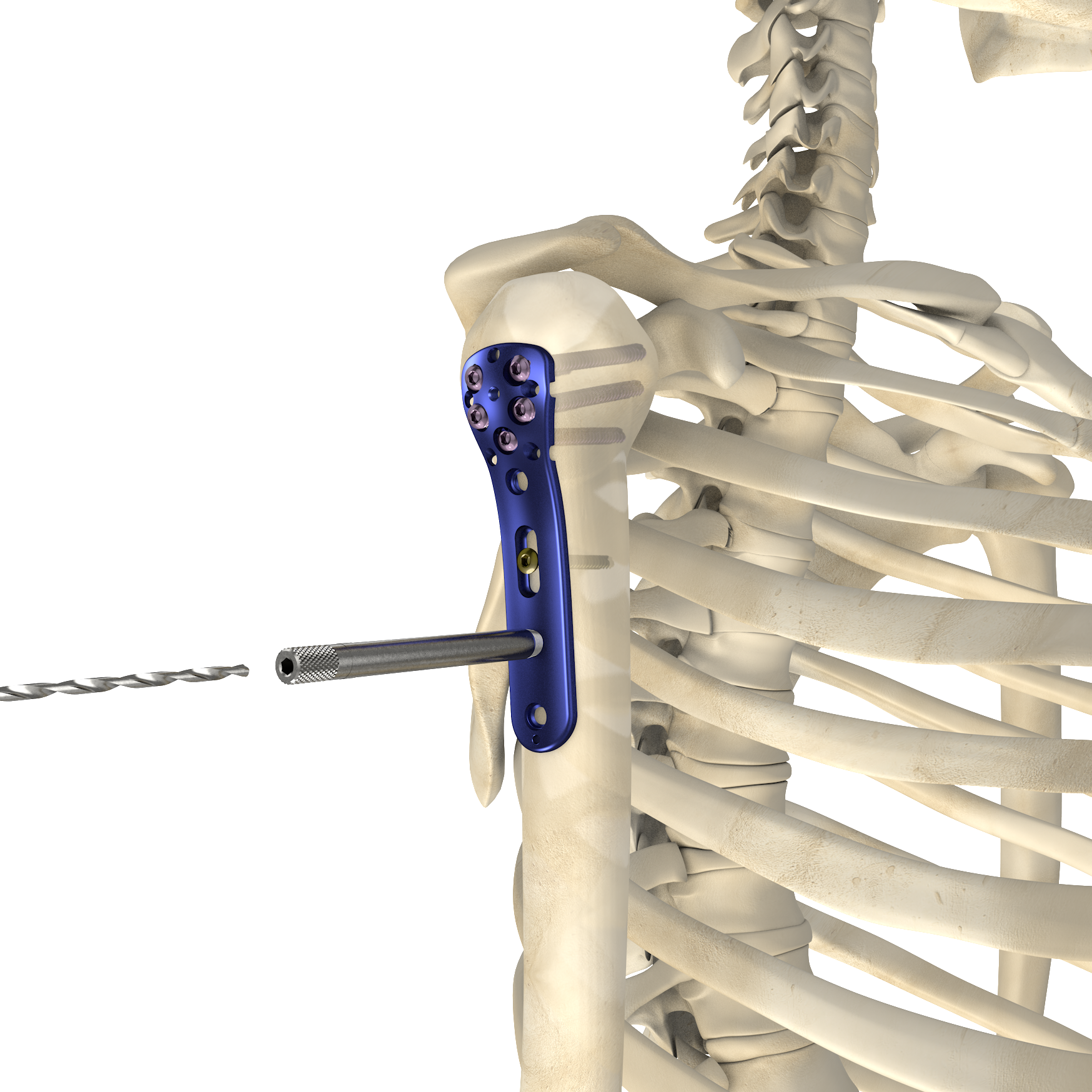
Proximal Humerus
Proximal humerus fractures represent 5% of all fractures in humans. Treating these fractures is challenging due to the anatomic features of the soft tissue part of the shoulder joint on the bone reconstruction. The variable angle stable / angle stable proximal humerus plate allows surgeons to treat both simple and complex proximal humerus fractures. This implant was designed with a focus on providing a precise anatomical fit and the ideal divergent screw position in the area of the humeral head.
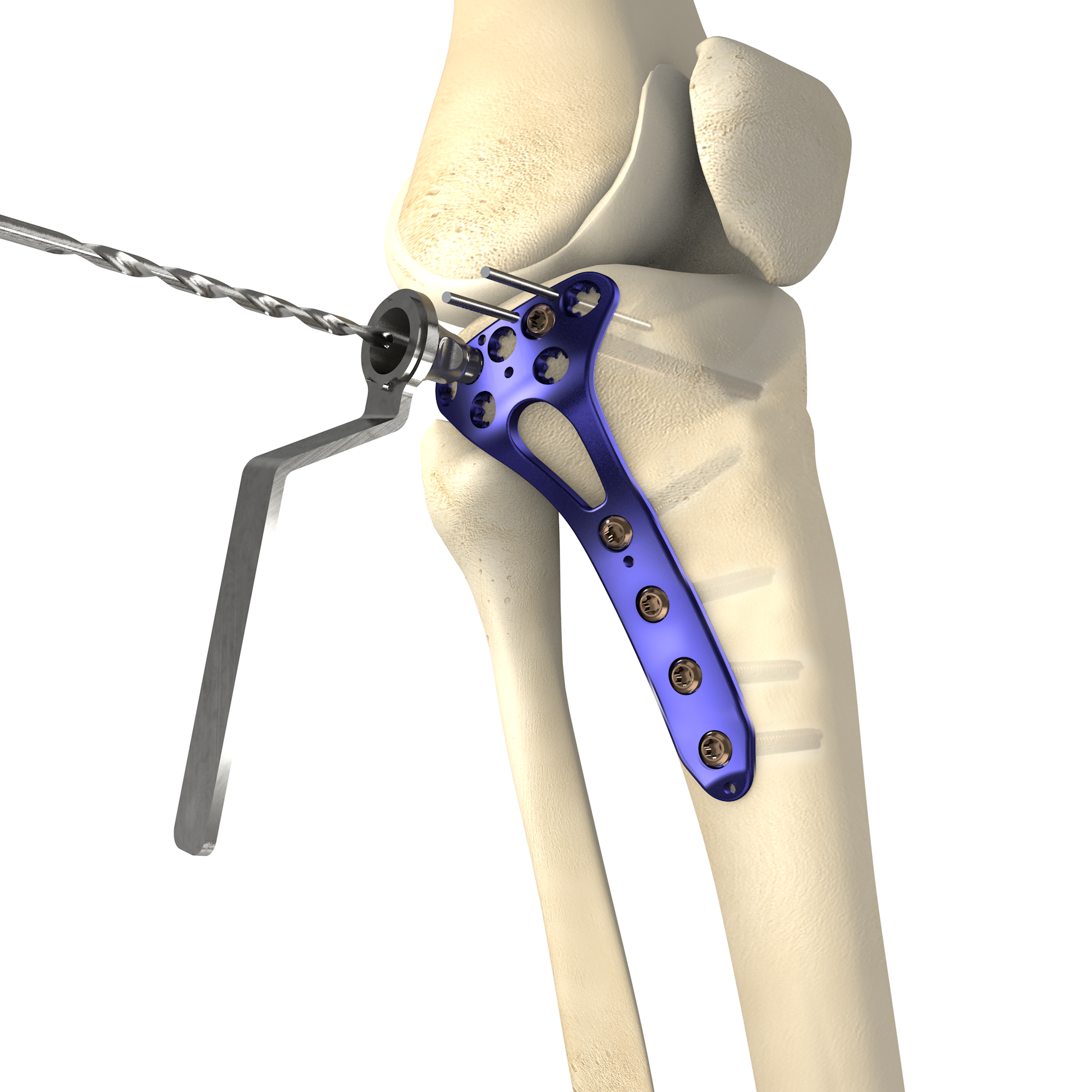
Proximal Tibia
The VaWiKo® tibia head plate 4.0 is used to treat proximal tibial fractures with a reliable retention of the reconstructed articular surface to avoid loss of reduction and subsequent post-traumatic knee joint arthrosis. In addition to the directly subchondral screw placement and stable plate anchoring, it is particularly important to provide support for the entire plateau across as wide an area as possible.
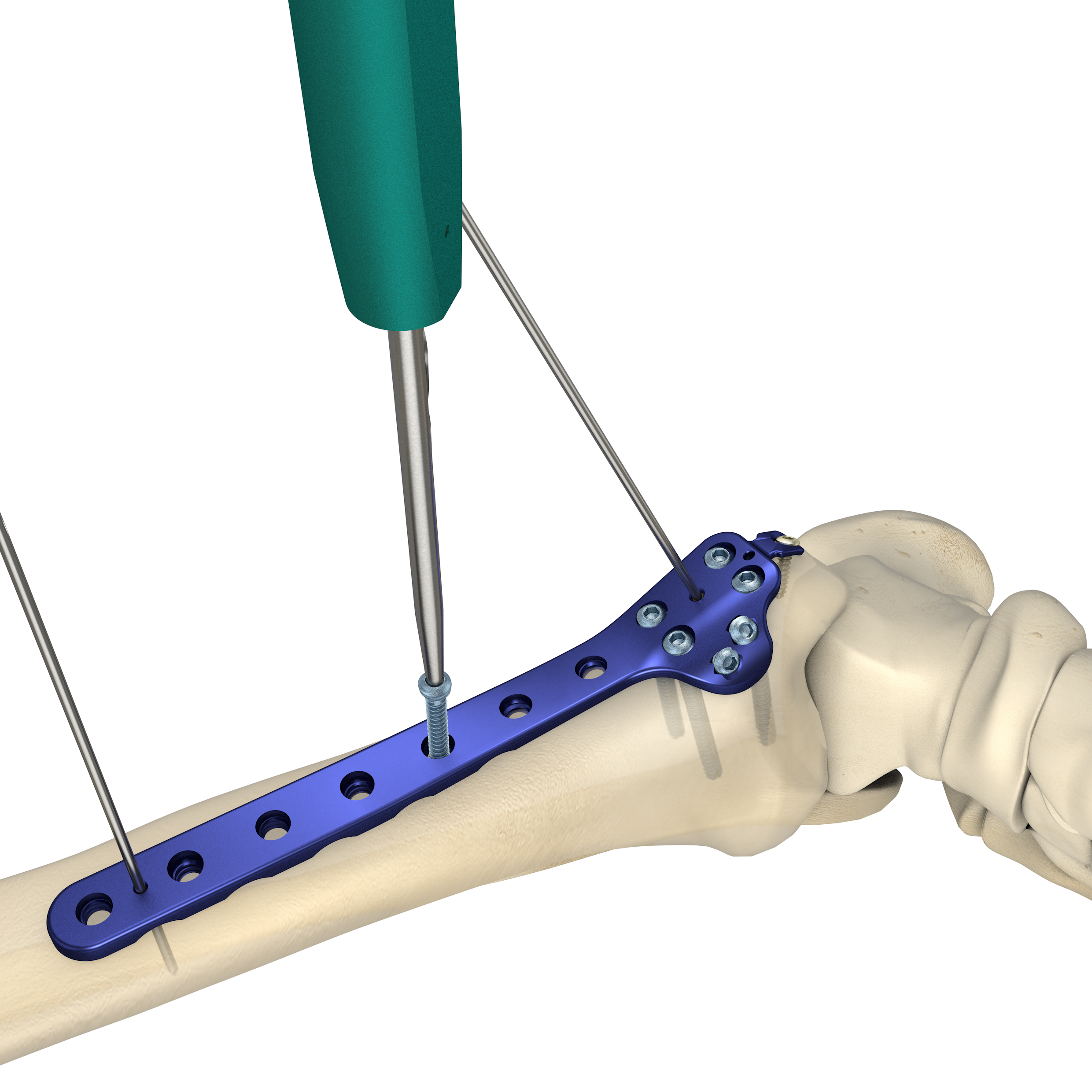
Pilon fracture
Distal fractures of the tibia, especially when the articular surfaces are involved, place high demands on the treatment. The angle-stable distal medial tibial plate combines the advantages of a fixator with the possibility of internal osteosynthesis. Advantages of a fixator with the possibility of internal osteosynthesis.
The treatment of distal tibial fractures, especially of the tibial pilon, is demanding and should be reserved for experienced surgeons. In complex fractures, a two-stage procedure with primary treatment of the fibula, minimally invasive reduction of the joint block and fixation of the fixator is indicated. Internal osteosynthesis is only performed when the soft tissues are stabilised.
